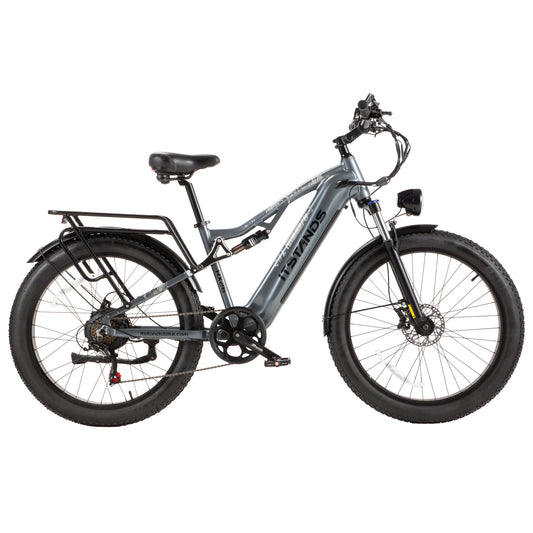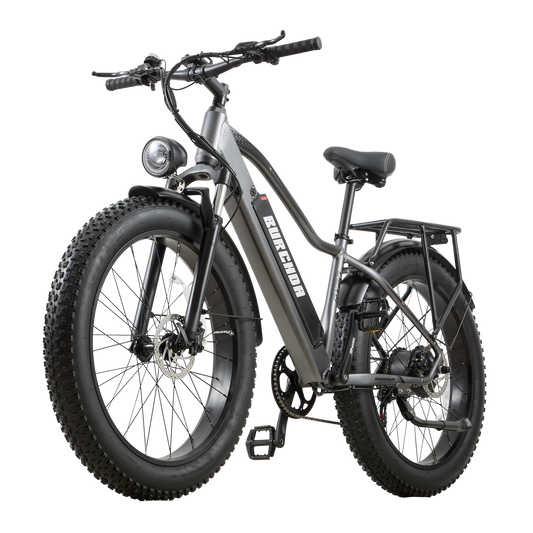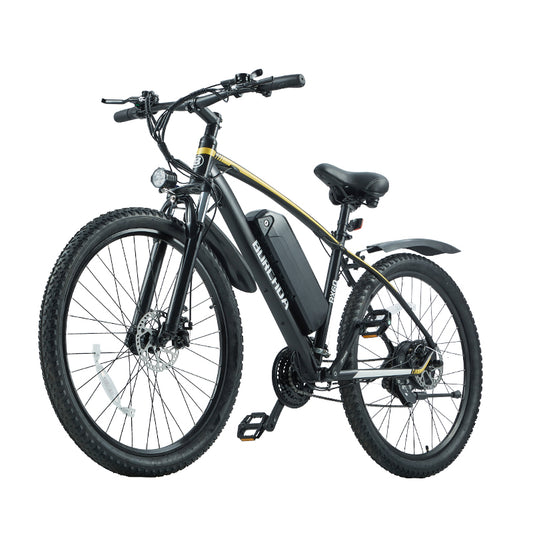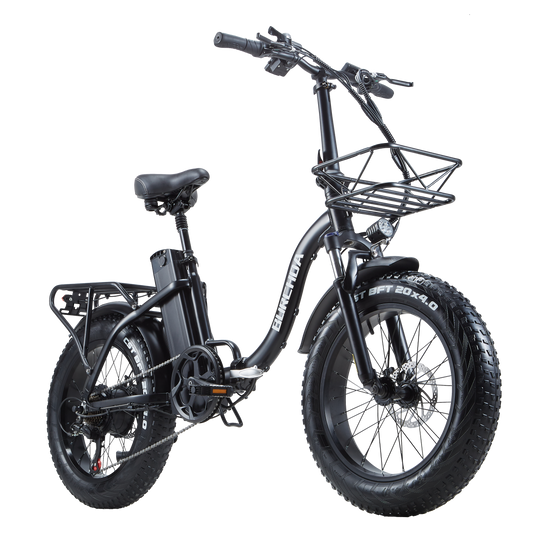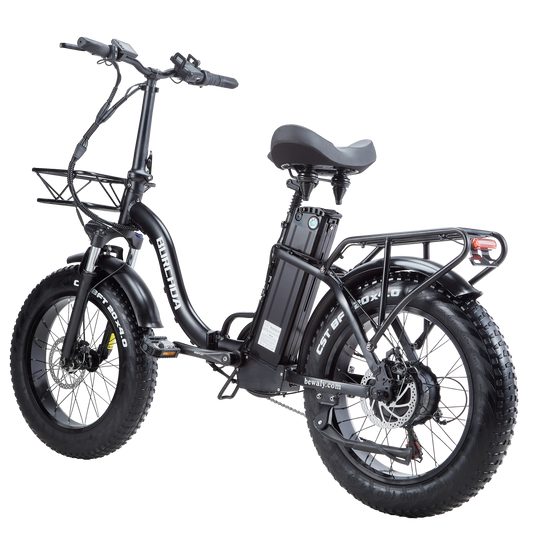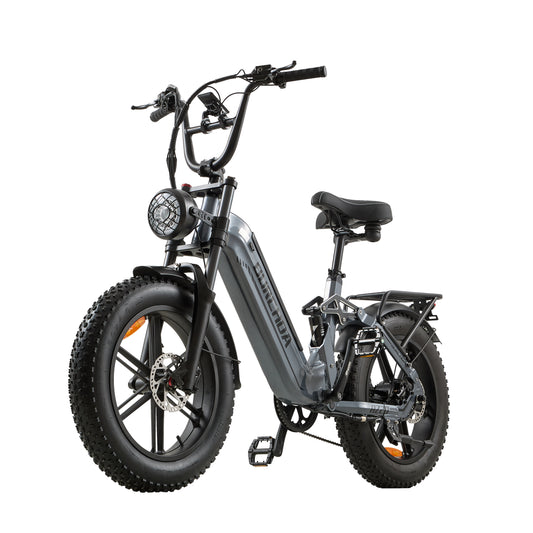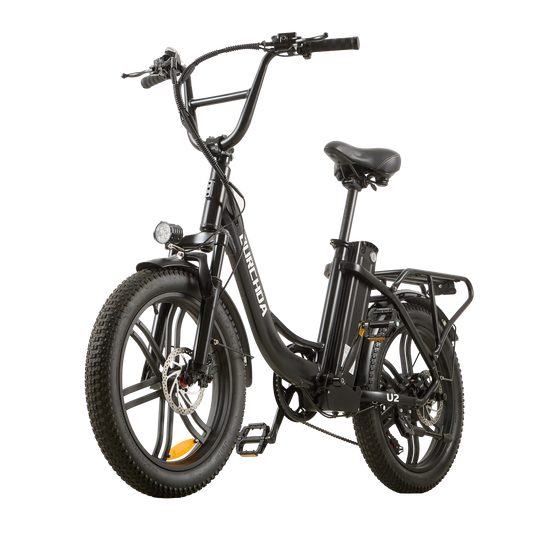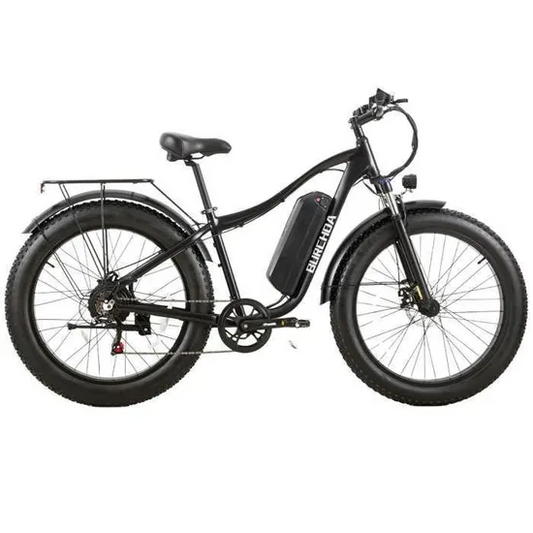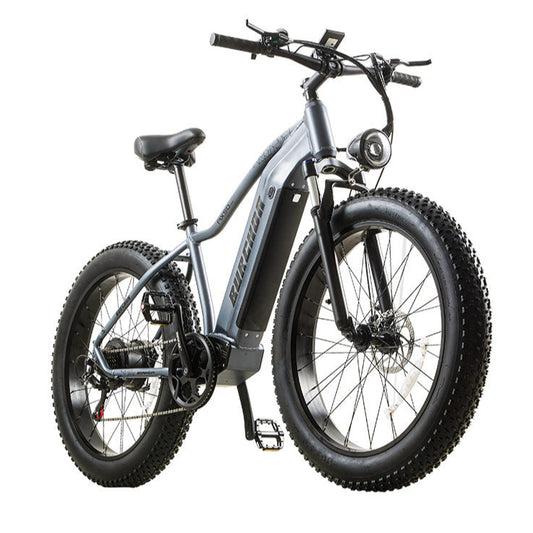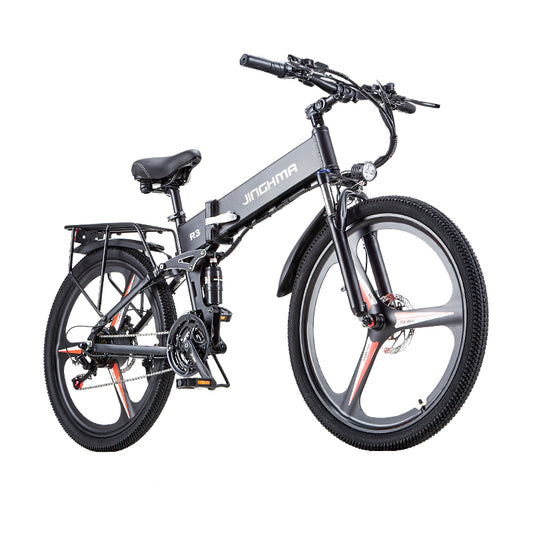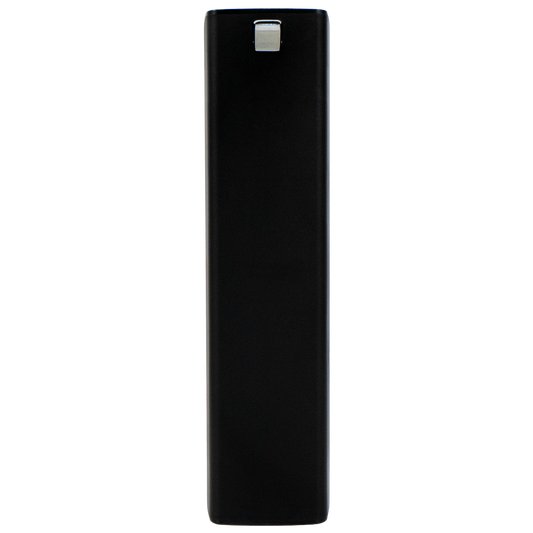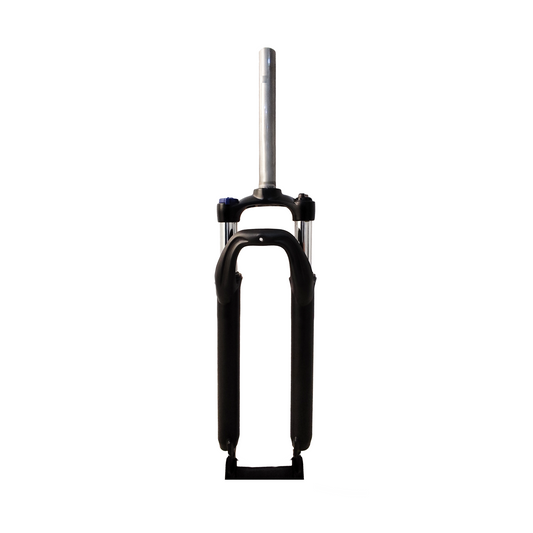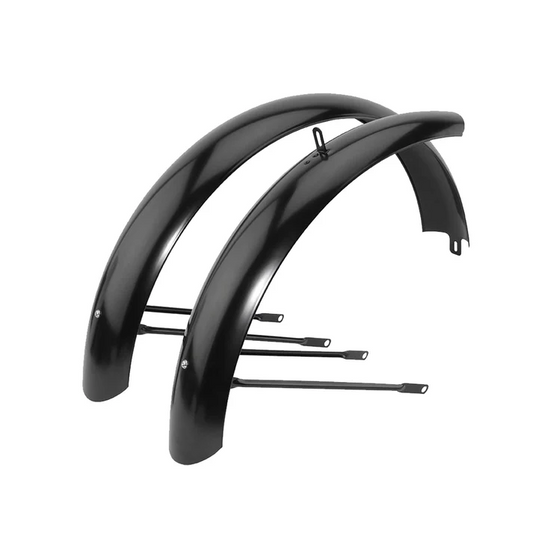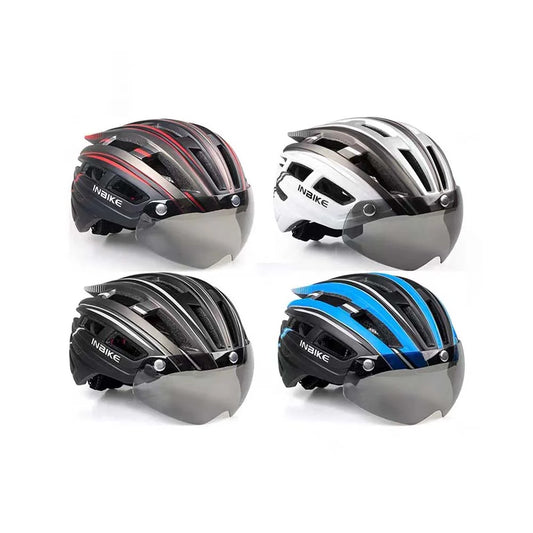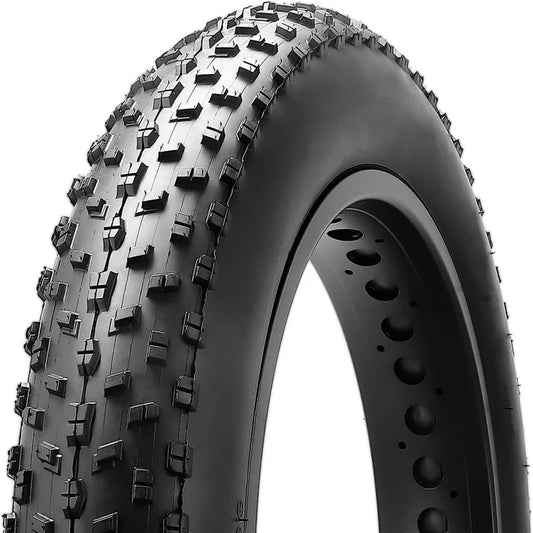Currently, the most popular and widely used battery type for electric bicycles is lithium-ion (Li-ion) batteries. Compared with lead-acid batteries and nickel-metal hydride batteries, lithium-ion (Li-ion) batteries have higher energy density and longer cycle life, and lighter.
No matter what kind of battery it is, when the temperature drops, the battery life will decrease to a certain extent. Why is this?
According to the battery manufacturer, the battery capacity is based on a temperature of 25°C. For every 1°C temperature drop, the battery capacity decreases by 1%.
In winter, when the battery is in a low-temperature environment, the battery cycle capacity is relatively low, the viscosity of the electrolyte increases, the chemical reaction resistance increases, and the charging time may be shortened (charge 70% below 5°C). The charging capacity is 60%--70%, and the discharge capacity is 50% %--60%, the mileage is reduced (cannot run far), the mileage calculated in winter (70% charging times 60% discharge is approximately equal to 42% of the summer mileage), the mileage in cold weather will be significantly shorter than in summer.
Therefore, when winter comes, it is normal for the battery to lose power faster than in summer. In winter, we recommend that you charge the battery in a warm environment to get a fuller charge. Don't worry too much if the battery's cruising range becomes shorter. When the temperature rises, the battery's discharge capacity will return to normal.
If you're worried about not being able to run far, maybe you need a backup battery.
Or you need to bring a charger with you in the e-bike.
Or you can buy an extra charger and place it at work and at home for easy charging at any time.
All in all, changes in battery power are a physical phenomenon, just like your iPhone, so don't be overly anxious.









